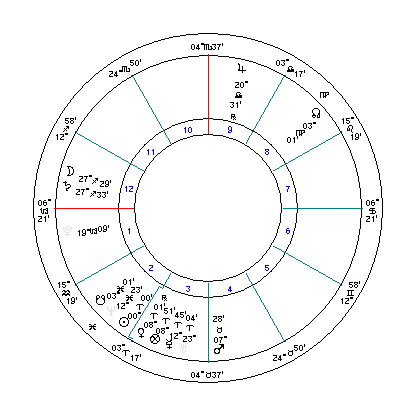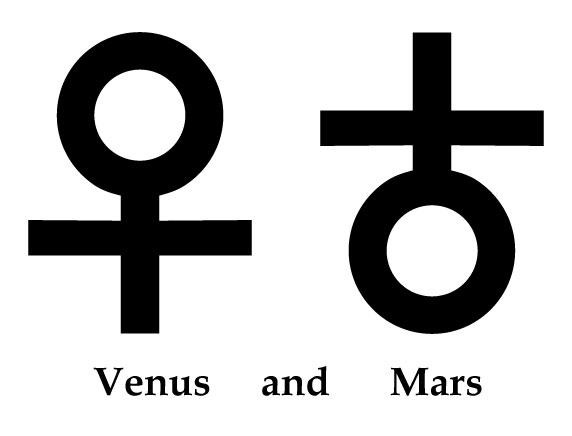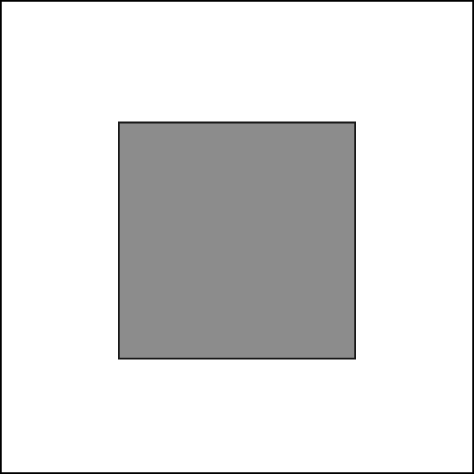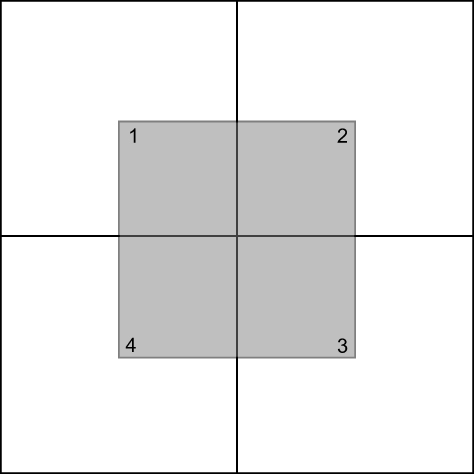As noted in the last post in mundane astrology there are always loads and loads of charts to consider. This is reasonable as one is not dealing with a single question as in a horary chart but with a collective. The more charts, the more detail and the more possiblity of observing a development. We will look here at a limited set of three charts for the first state that is in the eclipse path. These are the Grand Conjunction chart, the spring equinox 2017 chart and the eclipse chart for the capital of Oregon (Salem).
Traditionally an eclipse is an ominous event. What we want to look at here is what will the event leave as potential in its trail?
Salem, Oregon:

Salem, Oregon: Grand Conjunction, 28 May 2000, 16:05 GMT

Salem, Oregon: Spring Equinox, 20 March 2017, 10:29 GMT

Salem Oregon: Solar Eclipse 2017, 21 August 2017, 18:26 GMT
Where do we begin?
We will keep it simple at the moment and only look at the climatic condition. That means we will focus on the 1st house. It might be helpful to envision a best case and worst case scenario before you look at the charts. If for example we look at the climatic/geological situation; the best case is beautiful weather, the worst case is seismic activity, storm, floods or some other form of upheaval. For the latter to happen there must be strongly debilitated planets and these are triggered in most of the charts you look at. Generally you will find that nothing is triggered. The status quo is maintained. Nothing happens – or at least nothing noticeable.
No matter where you are the planetary alignments for each of the three charts is the same for any location on earth.The difference is in the angles and the house rulerships.That is where we will start. The chart for Salem, Oregon will look different from that of Columbia, South Carolina the state at the end of the eclipse path because the angles will be different.
Let us look at the angles (Note: only close aspects within 1 degree are considered here as significant). In the GC (Grand Conjunction) chart 25 deg 21 Cancer is on the Asc and 5 deg 08 Aries on the MC. Also on the angles are the nodes of the Moon (SN on Asc) and the Moon is 2 degrees from the MC. On the Spring Equinox (SEq) 06 deg 21 Capricorn is on the Asc and 04 deg 37 Scorpio on the MC. There are no planets on the angles. In the eclipse 2017 chart 25 deg 34 Libra is on the Asc and 01 deg 29 Leo is on the MC. There are no planets directly on the angles.
The GC Jupiter/Saturn at 22 deg 43 Taurus is not activated in the SEq or the eclipse chart.
There is only one trigger point and that is Venus at 24 deg 44 Cancer during the solar eclipse. The Asc of the GC chart is within one degree of conjunction. Venus is the highest elevated planet in the eclipse chart and is not debilitated (she is in her triplicity). She is also Lady of the Asc in the eclipse chart.
We might also want to note that the Moon the Lady of the Asc in the GC chart is in a similar position to that of Venus in the eclipse chart. She too is the most highly elevated planet and close to the MC.
What does all of this tell us about the condition of the land and its inhabitants – the 1st house? From what we can see the Asc of the GC is activated in the eclipse chart by Venus who is also Lady of the Ascendant in the eclipse chart. Venus is benevolent and not debilitated. She has accidental dignity by being the highest elevated planet and close to the MC. The land and its inhabitants are quiet and content – from the point of view of the climate. Nothing even close to the worst case scenario mentioned above is expected.







